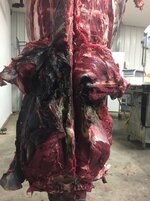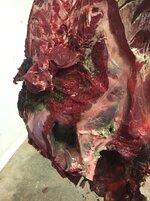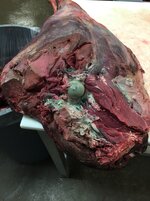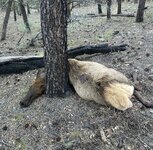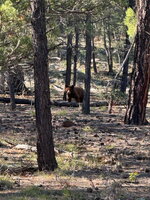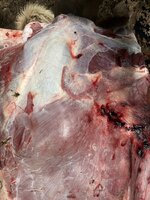Helislacker
Lil-Rokslider
- Joined
- Jan 14, 2022
- Messages
- 136
Hey guys,
I shot an elk last night and was unable to locate it due to no blood trail and no snow on the ground. I ended up bumping him 30 mins after I shot him and decided to pull out as a result. I got in the next morning and located him at 9:30am, approximately 16 hours after the initial shot. Night temps were around 30f/0°C and the smell seemed completely fine. Aside from a few pieces, the elk was packed out as if I shot him an hour prior. With that said, I’m curious if maybe I’m missing something or if I’m not being particular enough with the meat I pulled off of him. I didn’t notice any strong smells and the meat seemed of normal coloration. Everything I’ve read on here or elsewhere says I should have partial or complete meat loss given the time delay. Is this more common than I realize? Or did I likely overlook some spoilage?
Any help is appreciated.
I shot an elk last night and was unable to locate it due to no blood trail and no snow on the ground. I ended up bumping him 30 mins after I shot him and decided to pull out as a result. I got in the next morning and located him at 9:30am, approximately 16 hours after the initial shot. Night temps were around 30f/0°C and the smell seemed completely fine. Aside from a few pieces, the elk was packed out as if I shot him an hour prior. With that said, I’m curious if maybe I’m missing something or if I’m not being particular enough with the meat I pulled off of him. I didn’t notice any strong smells and the meat seemed of normal coloration. Everything I’ve read on here or elsewhere says I should have partial or complete meat loss given the time delay. Is this more common than I realize? Or did I likely overlook some spoilage?
Any help is appreciated.

